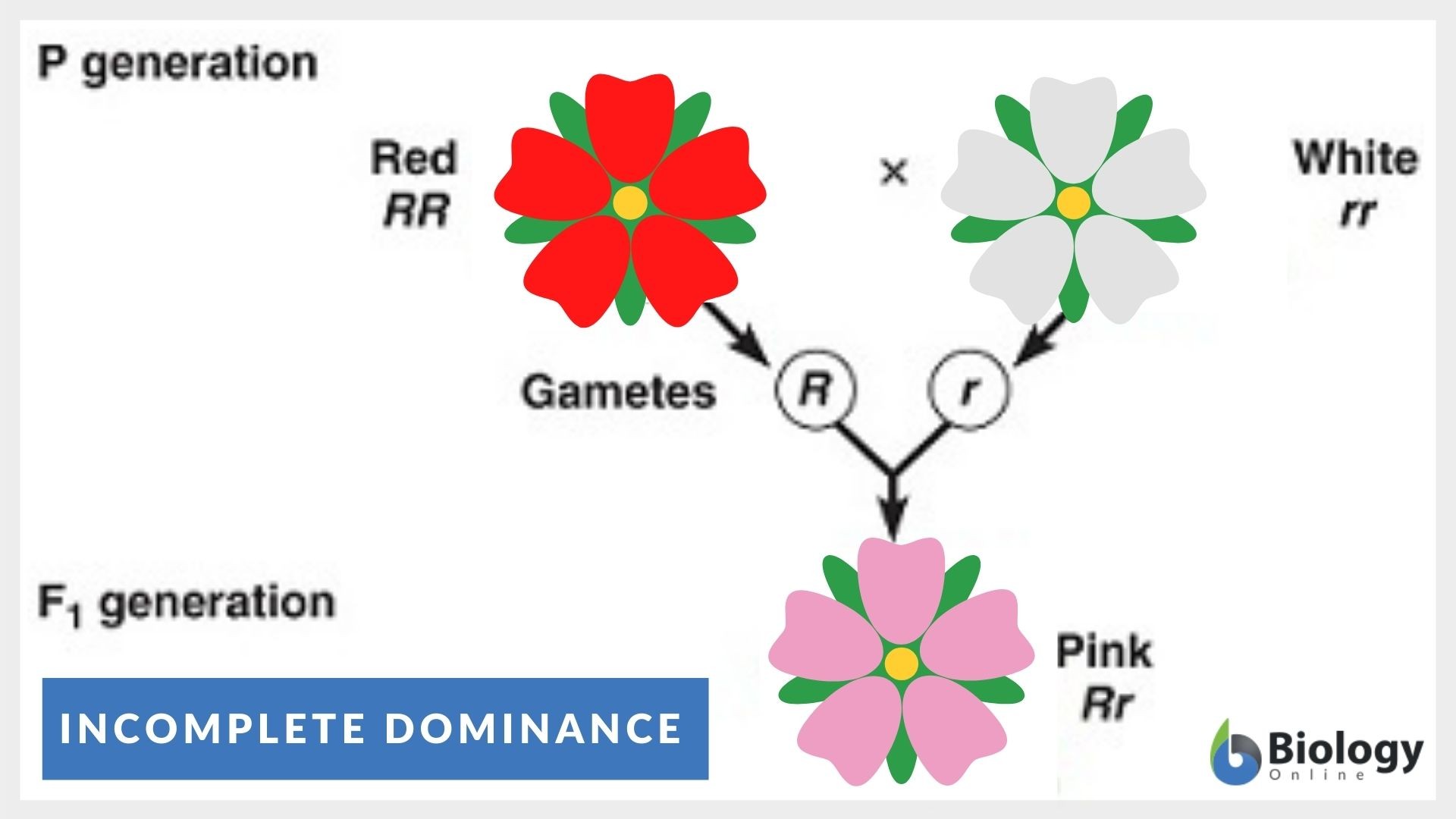

Key considerations and limitations of VAERS data: These systems do not have the same scientific limitations as VAERS, and can better assess health risks and possible connections between adverse events and a vaccine. Or unexpected patterns of adverse events, also known as “safety signals.” If a safety signal is found in VAERS, further studies can beĭone in safety systems such as the CDC’s Vaccine Safety Datalink (VSD) or the Clinical Immunization Safety Assessment (CISA) project. The strengths of VAERS are that it is national in scope and can quickly provide an early warning of a safety problem with a vaccine.Īs part of CDC and FDA’s multi-system approach to post-licensure vaccine safety monitoring, VAERS is designed to rapidly detect unusual This creates specific limitations on how the data can be used scientifically.ĭata from VAERS reports should always be interpreted with these limitations in mind. In large part, reports to VAERS are voluntary, That is incomplete, inaccurate, coincidental, or unverifiable. If a vaccine caused or contributed to an adverse event or illness. While very important in monitoring vaccine safety, VAERS reports alone cannot be used to determine Healthcare providers, vaccine manufacturers, and the public can submit reports to the system. VAERS accepts reports of adverse events and reactions that occur following vaccination.


 0 kommentar(er)
0 kommentar(er)
